War is gruesome, grotesque and destructive. After a couple of hundred years of waging war, the US government has gotten very good at its PR campaign. They tell us soldiers are heroes, are valued more highly than other members of our society – but the reality is, to the war pigs that make the moves, they are pawns in their end game, they are collateral damage, they are disposable. They sign up to be murdered and maimed in the name of freedom, but so often they are being used for corporate freedom and financial freedom – the freedom to take resources and land for the highest bidders. The ones who survive are often wounded mentally and physically, and left to go back to “normal” life where no one understands the conflict and the bloodshed they’ve seen and partaken in. If only photos like the ones below of injured Civil War soldiers were a part of the education/propaganda system American children are subject to, war might not be such an easy sell for the war pigs. All the images below are of the injuries and treatments of Civil War soldiers, compiled by the War Office and by doctors to document different surgical amputation techniques. All of these images come from the National Museum of Health and Medicine archives, uploaded to their flickr here.
“Gangrenous ulcer on external side of left foot resulting from gunshot wound.” Private John D. Parmenter, Co. G, 67th Pennsylvania Volunteers, was wounded at Amelia Springs, VA on April 6, 1865 during the American Civil War. Treated at Harewood Hospital in Washington, DC by Dr. R.B. Bontecou, his leg was amputated.
via Dangerous Minds
Confederate Thomas Maynard. Gunshot wound of the back. Recovery. Seldon’s Battery. Physician: B.B. Breed. Carte de visite.
Pvt. Samuel H. Decker, Company I, 4th US artillery. Double amputation of the forearms for injury caused by the premature explosion of a gun on 8 October 1862, at the Battle of Perryville, KY. Shown with self-designed prosthetics.
“He receives a pension of $300.00 per year, and is a doorkeeper at the House of Representatives… With the aid of his ingenious apparatus he is enabled to write legibly, to pick up any small objects, a pin for example, to carry packages of ordinary weight, to feed and clothe himself, and in one or two instances of disorder in the Congressional gallery has proved himself a formidable police officer.”
Cpt. Charles L. Calhoun, Co. K, 188th Pennsylvania Infantry. Gunshot wound 29 march 1865 at the Battle of Gravelly Run, Va.; Primary amputation of the right arm, lower third. Treated by R. B. Bontecou. Bound in MSHWR Surgical Vol. 2.
Amputee with prosthetic leg. Contributed by Dr. E.D. Hudson. Photographed by S. Friedlaender at 388 Bowery, New York.
James H. Stokes, Hospital Number 20,219, Private, Co. H, 185th N.Y. Vols., aged 20, a native of New York, was admitted to Harewood U.S.A. Gen’l Hospital, April 2nd, 1865 from City Point. Wounded March 29th, 1865, by a Minie ball at Gravelly Run, Va., gun shot wound of right forearm and elbow, the ball entering at anterior surface, upper third, making its exit from inner aspect of elbow joint, fracturing condyle of humerus in its course. When admitted, the arm and forearm were very much inflamed, and infiltrated with pus. April 3rd, 1865, made an incision one inch in length over joint, outer aspect. The wound made by the ball healed kindly but slowly. Gangrene attacked the incision, May 1st, 1865. Treated gangrene externally with turpentine and kerosine [kerosene] oil, internally with stimulants, tr. ferri chlor. and quinine, with nutritious diet. June 1st, 1865, arm doing well. Discharged, July 5th, 1865, with anchylosis of joint. R.B. Bontecou, Surgeon U.S. Vols., In charge.
“Gunshot fracture of left superior maxilla.” Private Henry Morgan, Co. D, 77th New York Volunteers, wounded at Petersburgh, VA on April 2, 1865. Treated at Harewood Hospital, Washington DC, by Dr. Reed B. Bontecou who also had the photograph made.
Case of Corporal Bemis, Thrice Severely Wounded in Three Battles. Cpl. Edson D. Bemis, Co. K, 12th Massachussetts, was wounded at the battles of Hatcher’s Run, Wilderness and Antietam.
Text from the reverse of the photo:
Private Edson D. Bemis, K, 12th Massachusetts, was wounded at Antietam by a musket ball, which fractured the shaft of his left humerus. The fracture united kindly, with very slight angular displacement and a quarter of an inch shortening. Promoted to be corporal, Bemis received, May 6, 1864, at the battle of the Wilderness, a wound from a musket ball in the right iliac fossa. He was treated in the Chester Hospital, near Philadelphia. There was extensive sloughing about the wound, but it ultimately healed entirely, leaving a large cicatrix, parallel with Poupart’s ligament. Eight months after the injury, Bemis returned to duty with his regiment. On February 5, 1865, Corporal Bemis was again severely wounded at the engagement at Hatcher’s Run, near Petersburg. A musket ball fractured the squamous portion of the left temporal bone, and the patient states that the surgeons found it lodged in the substance of the left cerebral hemisphere, whence it was extracted, together with several fragment sof bone, on February 8, 1865. The photograph was taken July 15, 1865. The wound in the head was then nearly healed. There was a slight discharge of heatlhy pus from one point. The pulsations of the brain could be felt and seen under the integument. The mental and sensory faculties were unimpaired. The Cporporal had been discharged from service, and recommended for a pension. See Plate V, First Surgical Volume of the Medical and Surgical History of the War of the Rebellion, p. 162, where additional particulars of this case will be found. — George A. Otis.
Amputation of Forearm. Pvt. John Murphy, Co. K, 37th Massachusetts Volunteers. Wounded on 6 April 1865 at the Battle of Harper’s Farm, Va. Treated by Dr. Reed Bontecou at Harewood Hospital, Washington, D.C. Bound in Harewood, Vol. I.
“A Morning’s Work,” 1865, taken by Dr. Reed Brockway Bontecou, surgeon in charge of the Harewood United States Army General Hospital in Washington, DC.
Pvt. Benjamin Franklin, Company H, 2nd Regiment, Minnesota, Cavalry. Lost all four limbs to frostbite, December, 1865. Physician: Dr. Alfred Muller.
A case of recovery after the excision of the humerus for gunshot injury involving the trachea, clavicle, and shoulder joint. Pvt. James P. Kegerreis, Company B, 2nd Pennsylvania Heavy Artillery. Wounded at the Battle of Petersburg, Va, 17 June 17 1864 by a conoidal ball which entered 3/4″ below the thyroid cartilage and to the left of the trachea, passed a little downwards and to the right under the jugular vein, carrying away one of the wings of the trachea and emerging 1/2″ above the clavicle, 3″ from point of entrance, was deflected in its course by hitting the butt of the musket and again entered in front of the right clavicle 2″ from the acromial end, passing through the surgical neck of the humerus, and emerging near the center of the deltoid muscle.
Pvt. Judson Spofford, Co. K, 10th Vermont Volunteers. Gunshot wound to the chest. Bound in AMM, Vol. 1.
John A. Dixon, Hospital Number 20,459, Serg’t, Co. I, [the sign he’s holding says Company G] 116th Pa. Vols., aged 32, was admitted to Harewood U.S.A. Gen’l Hospital, April 12th, 1865, suffering from gunshot wound of left leg, lower third, the ball injuring soft parts. Wounded, March 31st, 1865, at the battle of Petersburgh, Va. On admission, the condition of injured parts and constitutional state of patient were good. Patient did tolerably well up to May 10th, 1865, when parts became gangrenous. Result favorable. Doing well. R.B. Bontecou, Surgeon U.S. Vols., In charge.
“Shell Wound of the face, with great destruction of the soft parts.” Private Joseph Harvey, Co. C, 149th New York Volunteers. Wounded at Chancellorsville, Virginia on May 3 1863.
The text on the back of the photo reads: Private Joseph Harvey, C, 149th New York, was wounded at the battle of Chancellorsville, May 3, 1863, by a fragment of shell. The right eye was destroyed, the right superior maxilla was fractured, a fragment was chipped off the lower jaw, and the right cheek was frightfully lacerated. The prisoner fell into the hands of the enemy, and remained a prisoner eleven days. In the middle of June, 1863, he was admitted into Mansion House Hospital, at Alexandria. In August, portions of exfoliated bone were removed. A ferrotype, representing the apperance of the wound at this date, was forwarded to the Army Medical Museum. On May 7, 1865, Harvey was discharged from service on account of physical disability. He was subsequently employed as a night-watchman at the Commissary Hospital in Alexandria. The photograph was taken June 22, 1865. The loss of substance in the cheek was still unrepaired, and liquids and saliva escaped frrom it. There was slight deafness and partial facial paralysis on the right side. This soldier was pensioned, and his death, from cause not known, was reported Decmber 9, 1868 — George A. Otis.
Gunshot wound of hip. Pvt. William W. Wrightman, Co. L, 2nd New York Heavy Artillery. Wounded on 31 march 1865 at Petersburg, Va. Treated by Dr. Reed Bontecou at Harewood Hospital in Washington, D.C. Bound in Harewood, Vol. I.
Lt. Charles W. Hobbes, 7th New York Artillery. Wounded on 3 June 1864 at the Battle of Cold Harbor, Va. Photographed at Ira Harris Hospital, Albany, NY. Contributed by James H. Armsby. Bound in Ira Harris, Vol. 5.
Thirty-eight year old Private Julius Fabry in 1870 after his fifth operation, when Dr. George Otis successfully reamputated Fabry’s leg at his hip. Note the removed diseased bone on the table to his left. Fabry’s bone remains on display in the Museum (SP 276).
Private John Wallace actually has a leaf tied around his waist at the time the photograph was shot to hide his genitals (SP 92).
During the Civil War in Spring 1862, Carlton Burgan, Co. B, Maryland’s Purnell Legion, was poisoned with mercury in the form of calomel, when he contracted a cold from the cold grown. The calomel, a standard drug that was being argued about at the time, killed his upper maxillae which was removed and is in the museum.
UNITED GUNSHOT FRACTURE OF THE UPPER THIRD OF THE RIGHT FEMUR.
Name – CROSSLEY, THOMAS
Rank – CORP
Company – E
Regiment – 69
State – NY
Battle – FORT STEADMAN
Date of Injury – 25 MAR 1865
PARTIAL RECOVERY FROM A COMPOUND FRACTURE OF THE LEFT THIGH IN THE UPPER THIRD, CAUSED BY A CONOIDAL MUSKET BALL.
Name – WELCH, THOMAS
Rank – PVT
Company – F
Regiment – 6
State – ME
MOS VOLUNTEERS
Doctor – UNKNOWN
Battle – RAPPAHANNOCK STATION
Date of Injury – 7 NOV 1863
Gunshot wound of the knee-joint. Private J. McDonnell, white male,
Company C, 124th Regiment, Ohio. Physician: confederate surgeon. Civil War, Chickamauga, Georgia.
Cpl. Charles N. Lapham, Co. K, 1st Vermont Calvary. Wounded at the Battle of Boonsboro, Md. Successful double amputation of the right thigh and left leg. Treated by Dr. E. D. Hudson. Contributed by Lapham. Two different prints exist.
Cpl. Frank M. Gay, Co. F, 12th New Hampshire. Injured 3 June 1864 at the Battle of Cold Harbor, Va. Treated with a resection of the ulna by R.B. Bontecou and photographed at Harewood Hospital in Washington, D.C. Contributed by R.B. Bontecou.
Pvt. George Lemon, Co. C, 6th Maryland Volunteers. Inuured 5 May 1864 at the Battle of Wilderness, Va. Photograph taken 30 months after amputation at hip joint. Treated by E. Bentley. Contributed by E.D. Hudson on 15 April 1868.
Pvt. W. Morris, Co. I, 23rd Virginia. Secondary excision of head of left humerus, for gunshot fracture. Recover photograph. Wounded 12 May1864 at the Battle of Spotsylvania. Treated by R.B. Bontecou and photographed at Harewood Hospital in Washington, D.C. Bound in the Medical and Surgical History of the War of the Rebellion, Surgical Volume II.



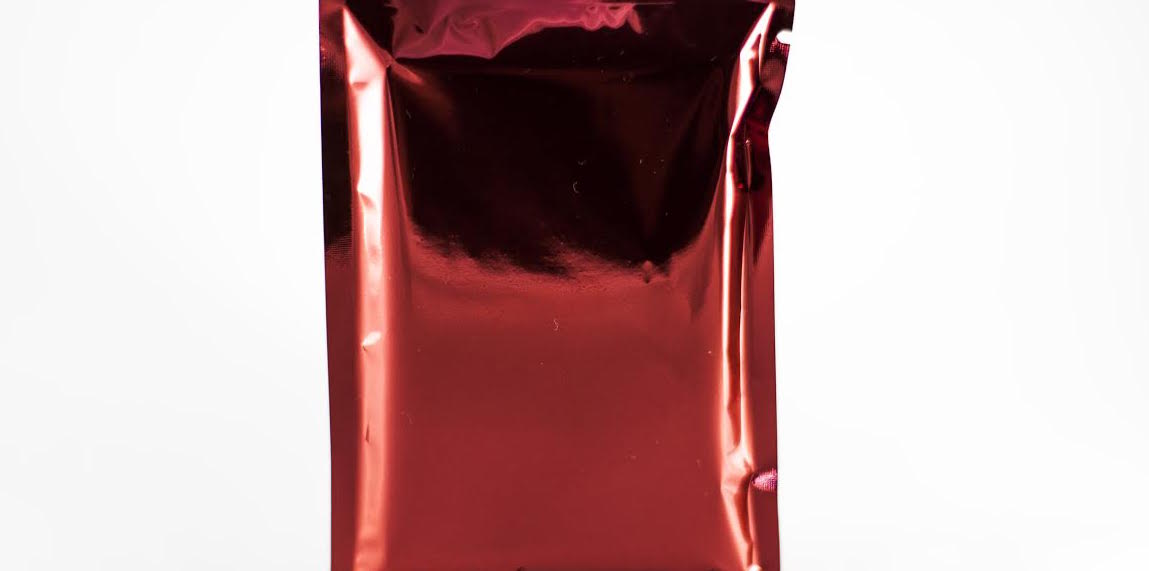
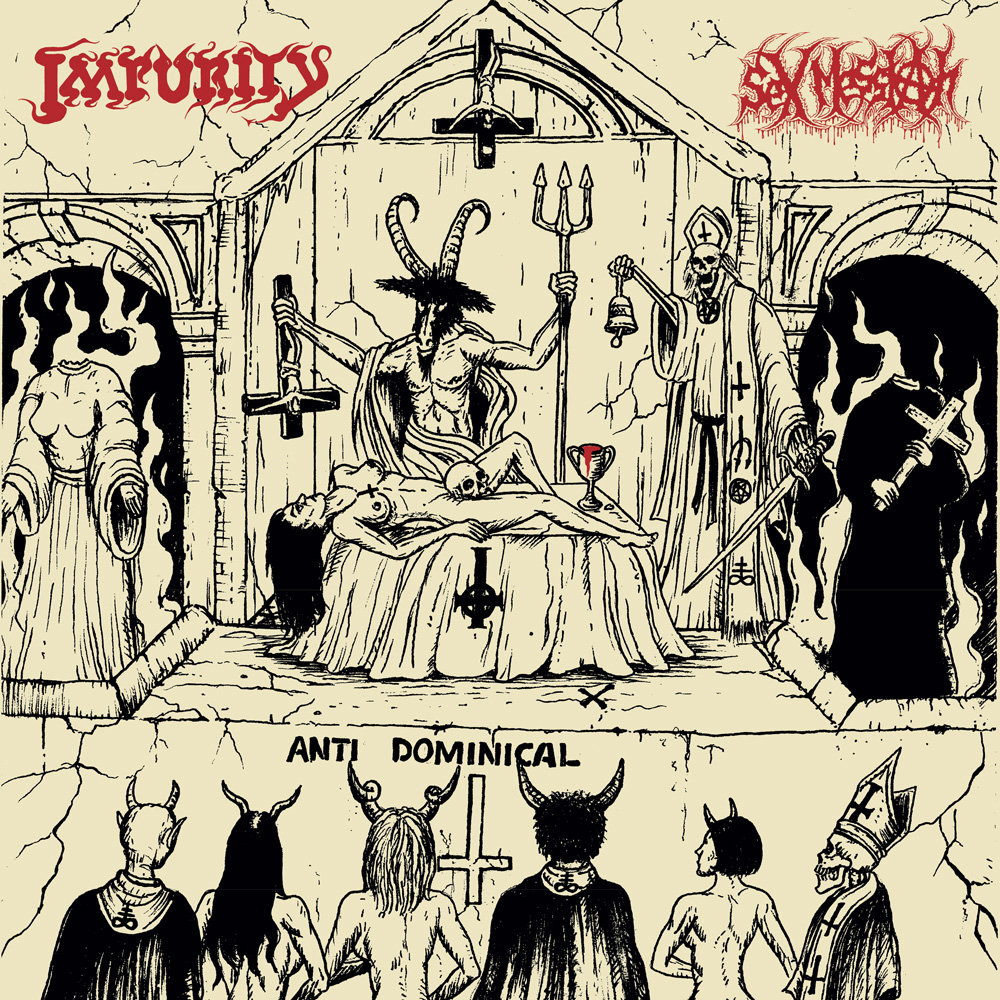

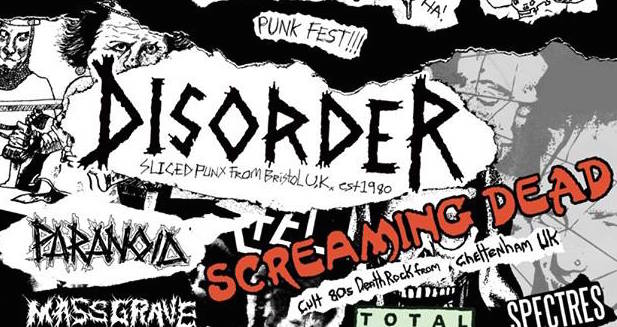

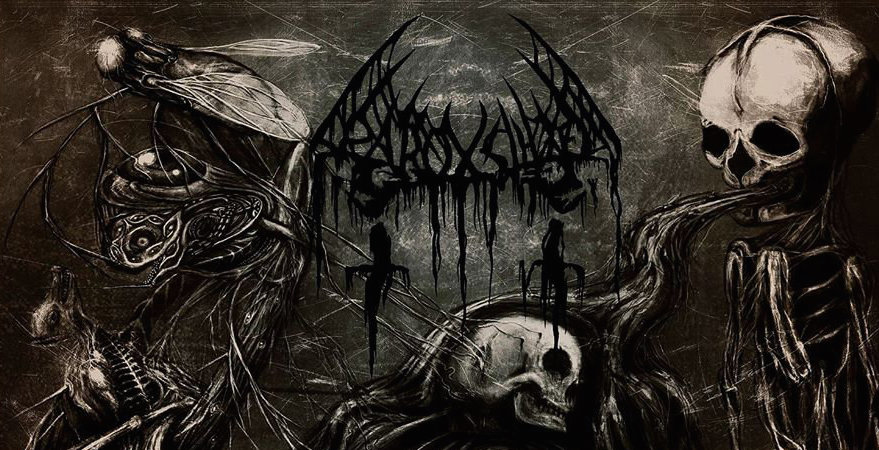
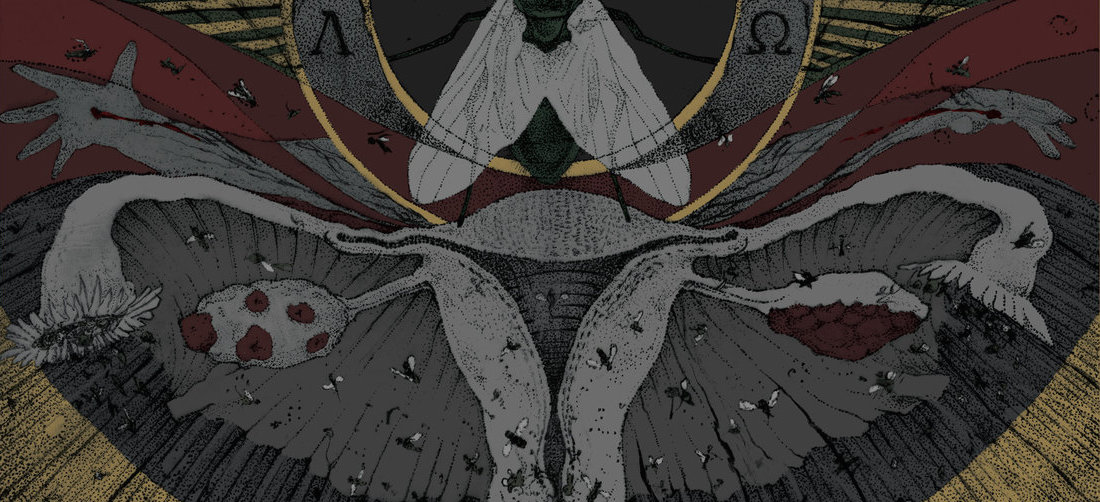
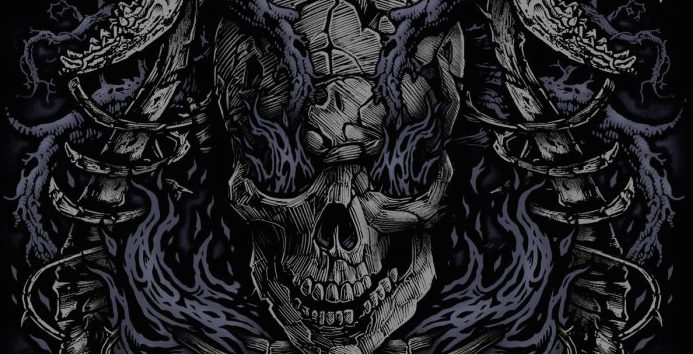
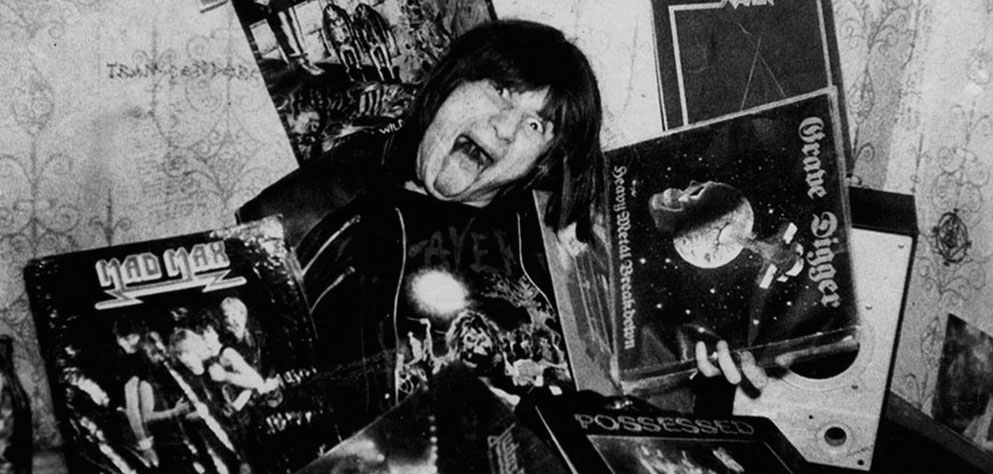
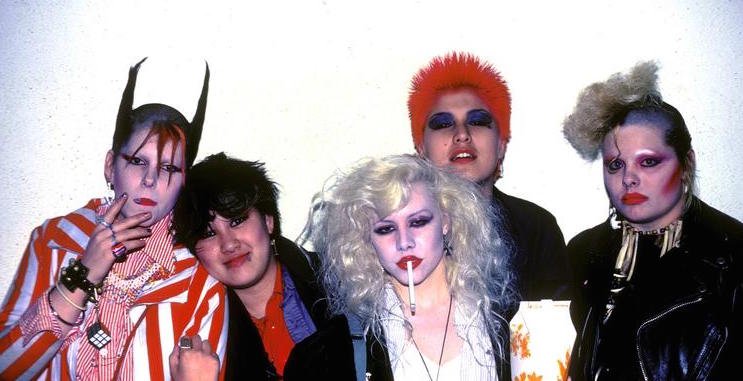
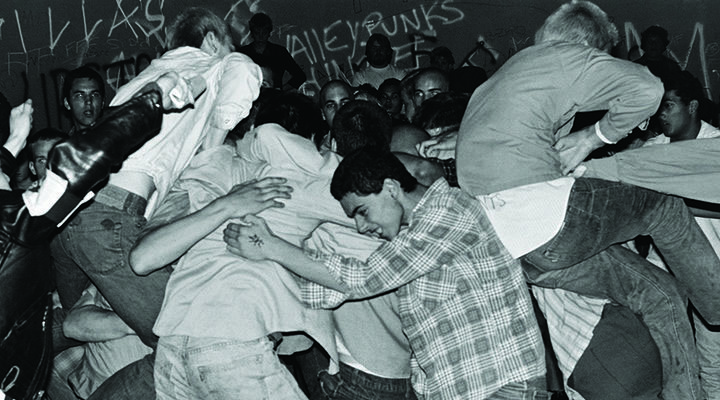


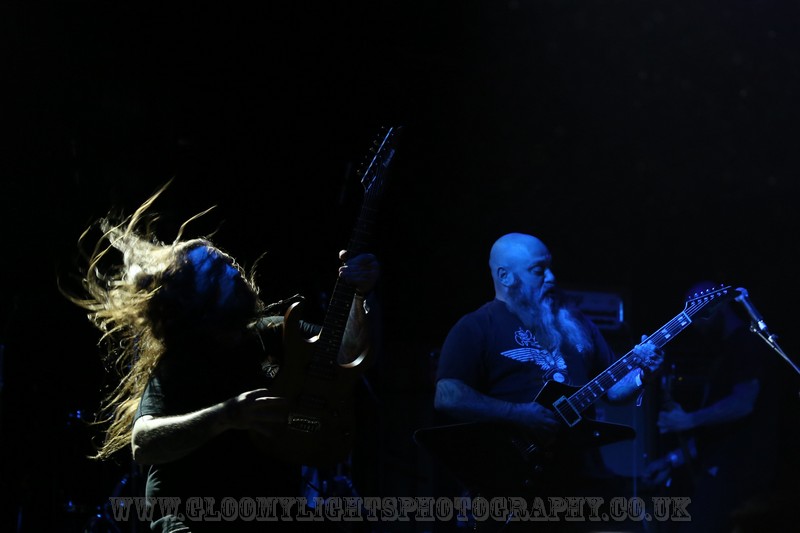


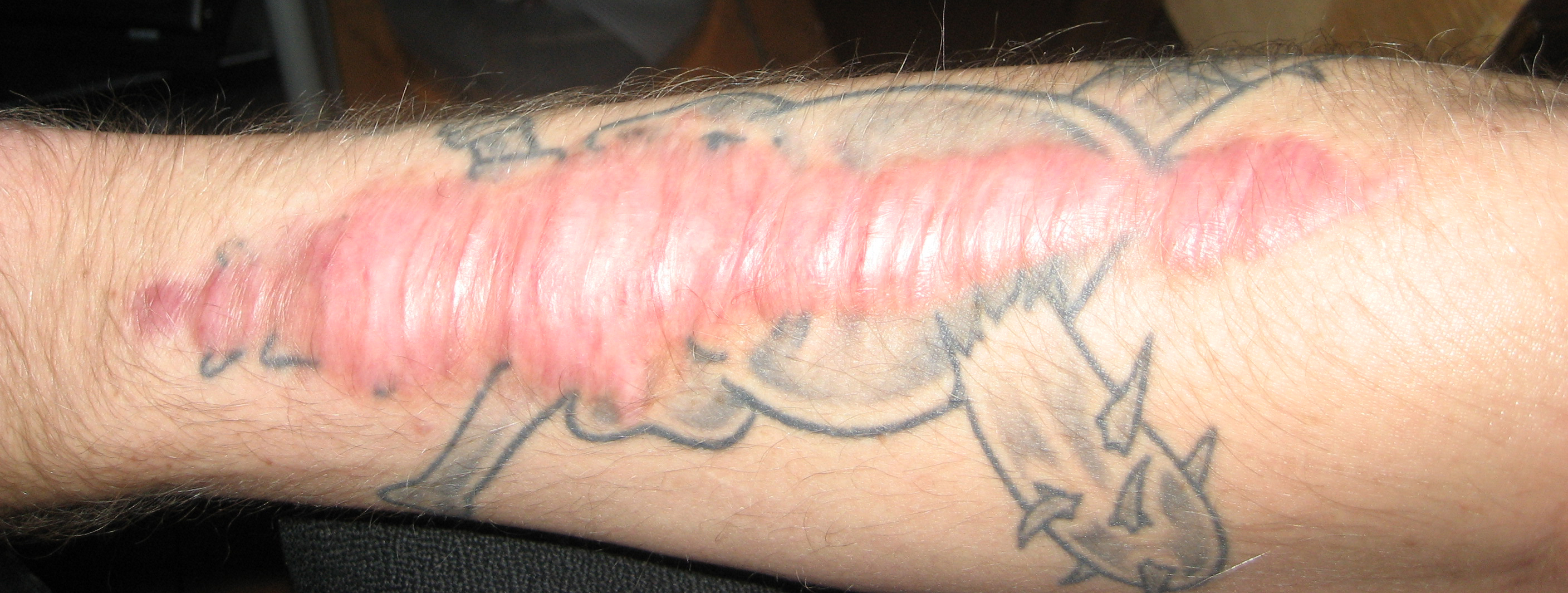
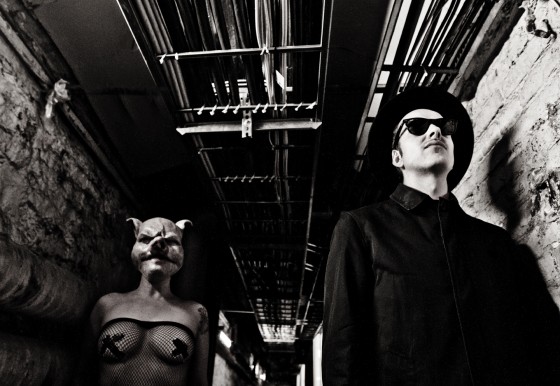
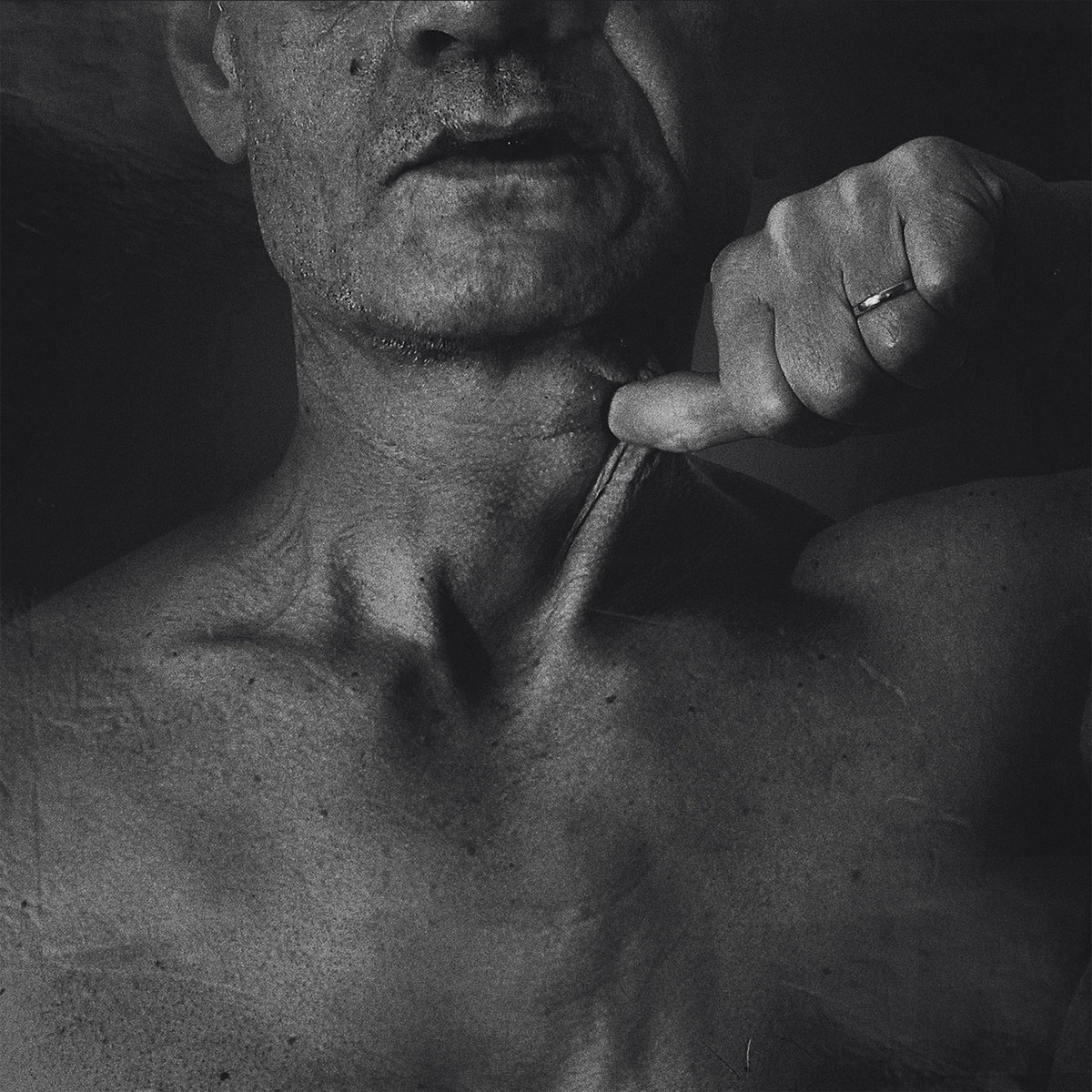
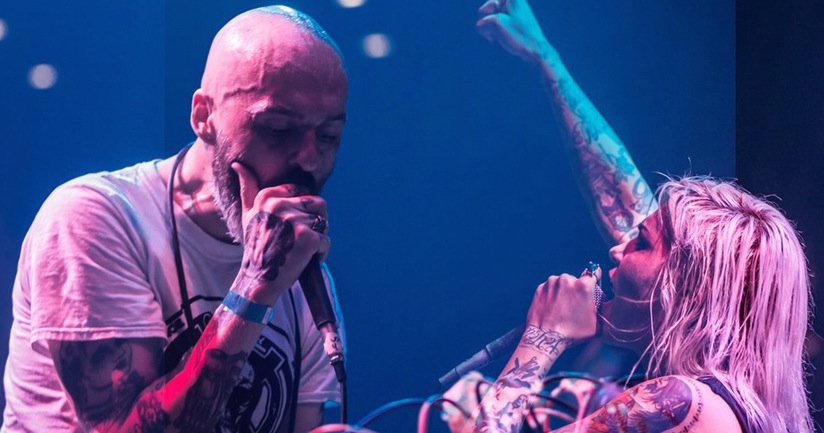
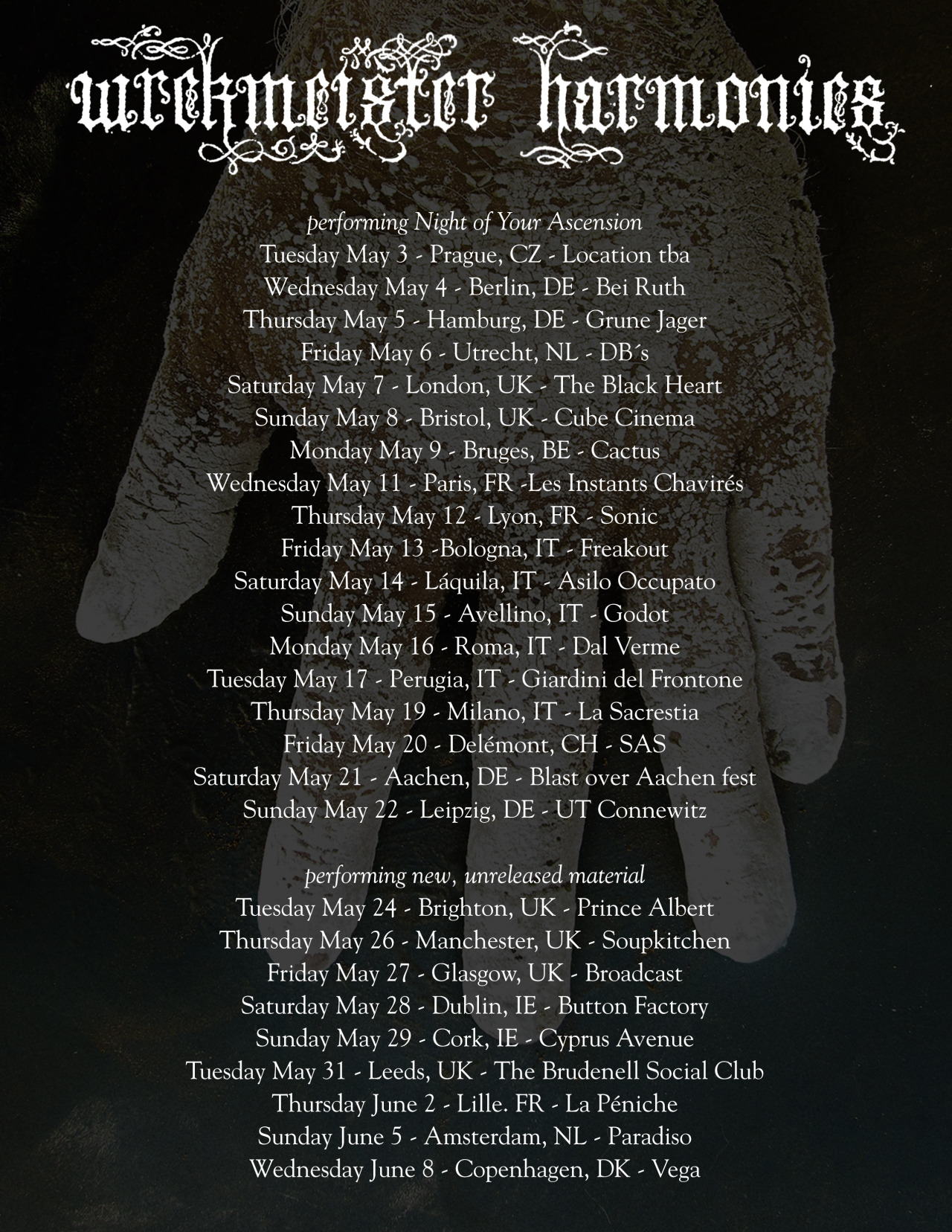
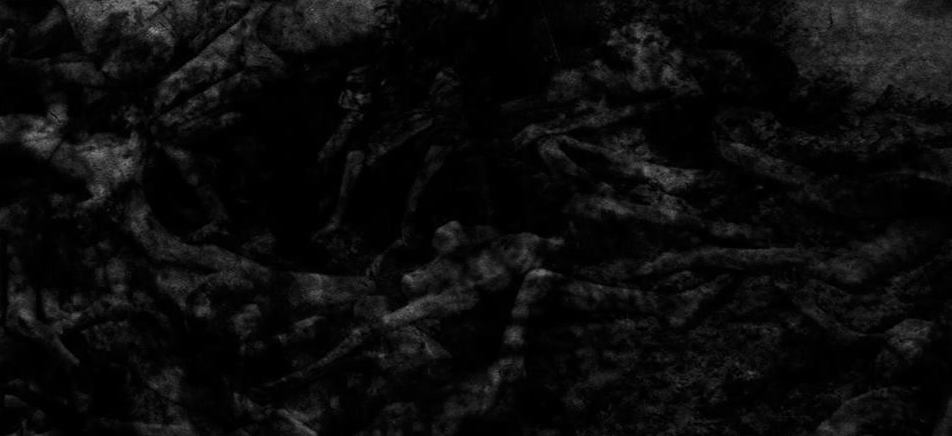

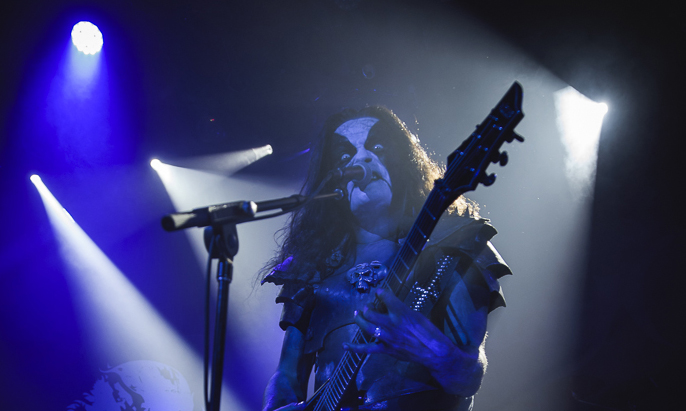

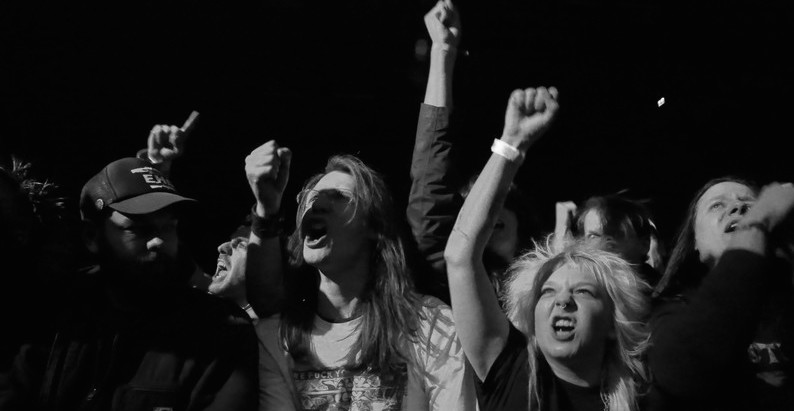
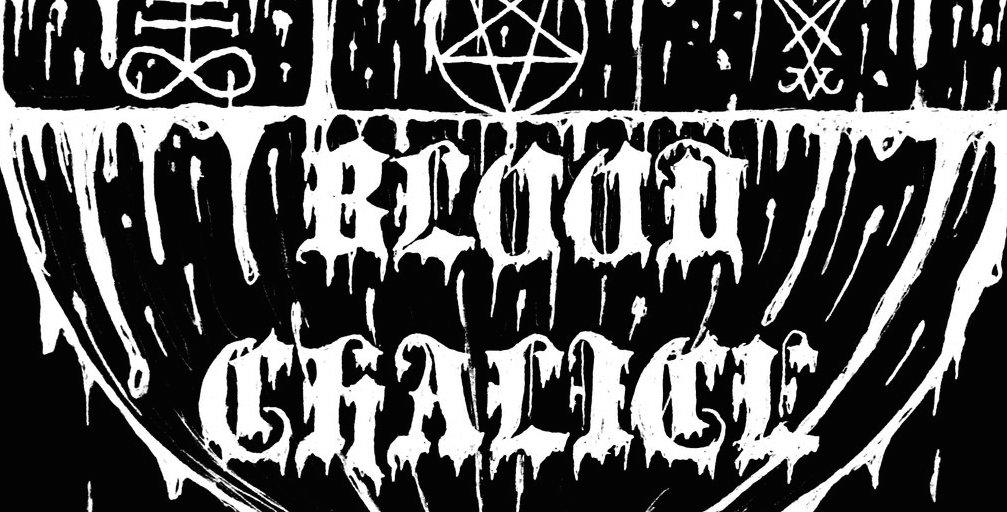
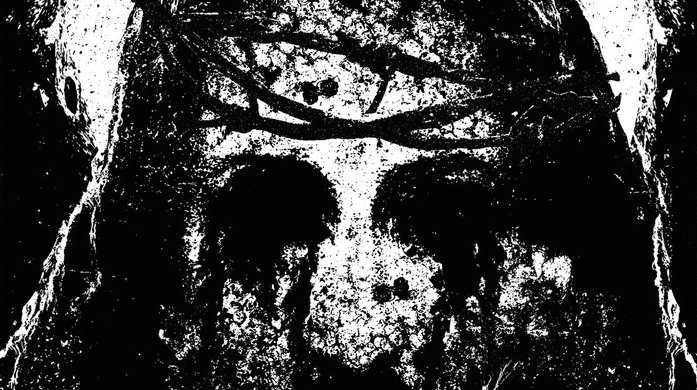
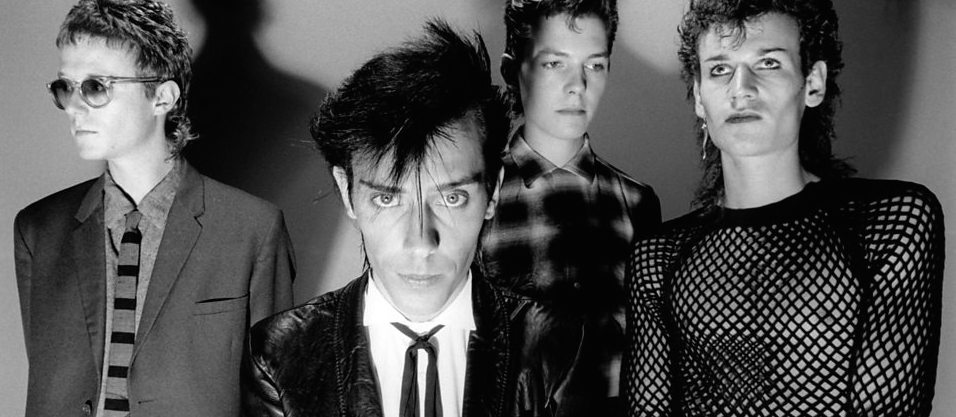

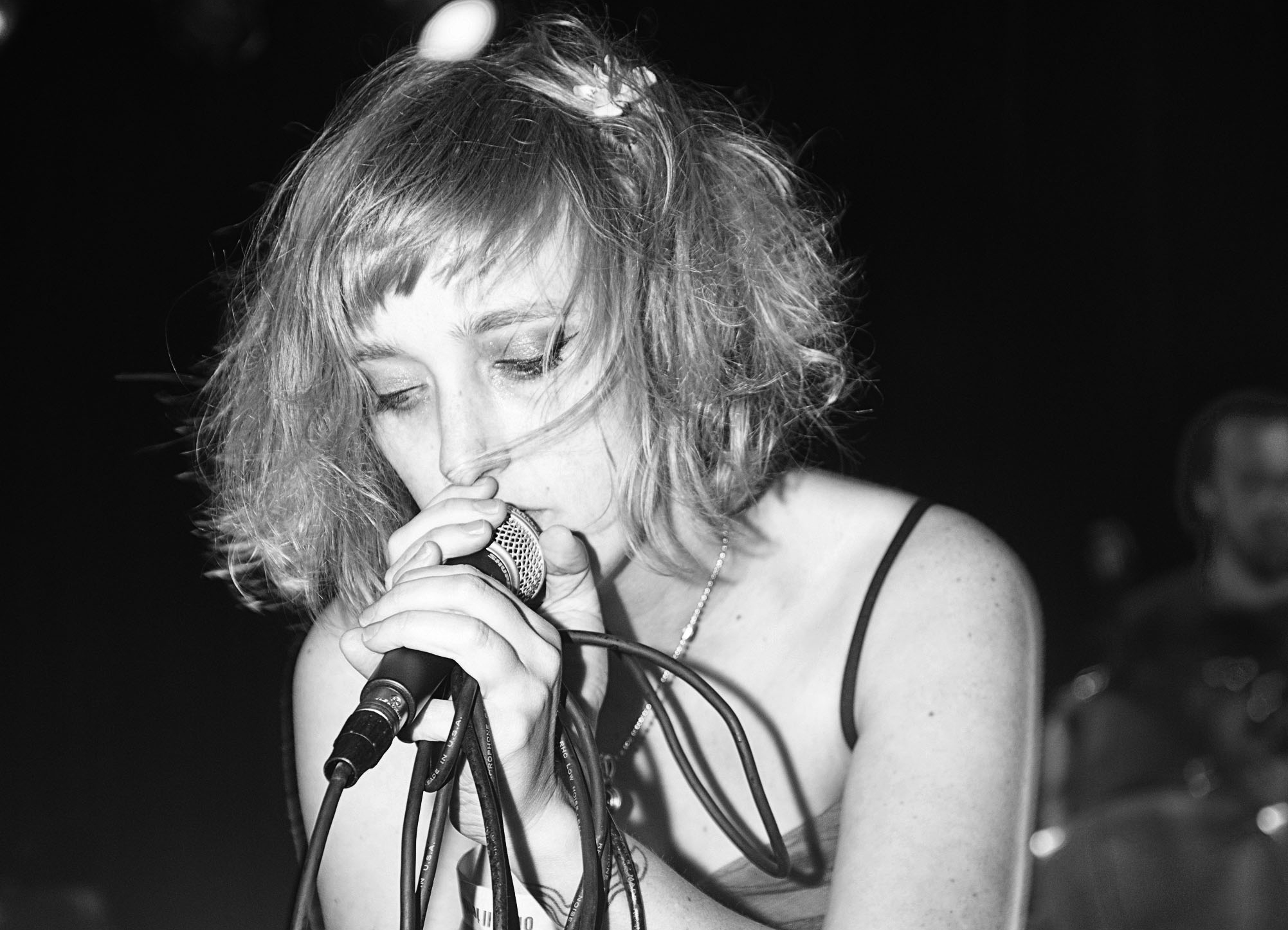
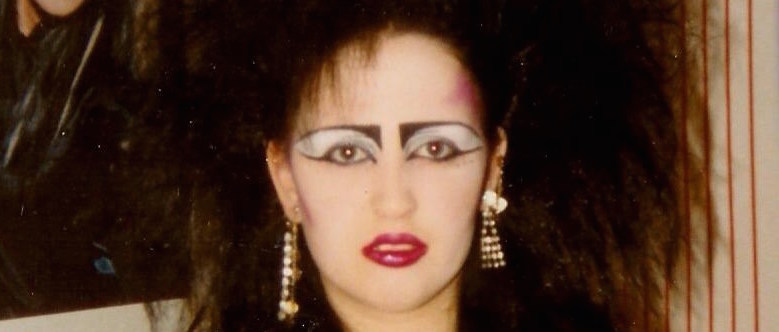
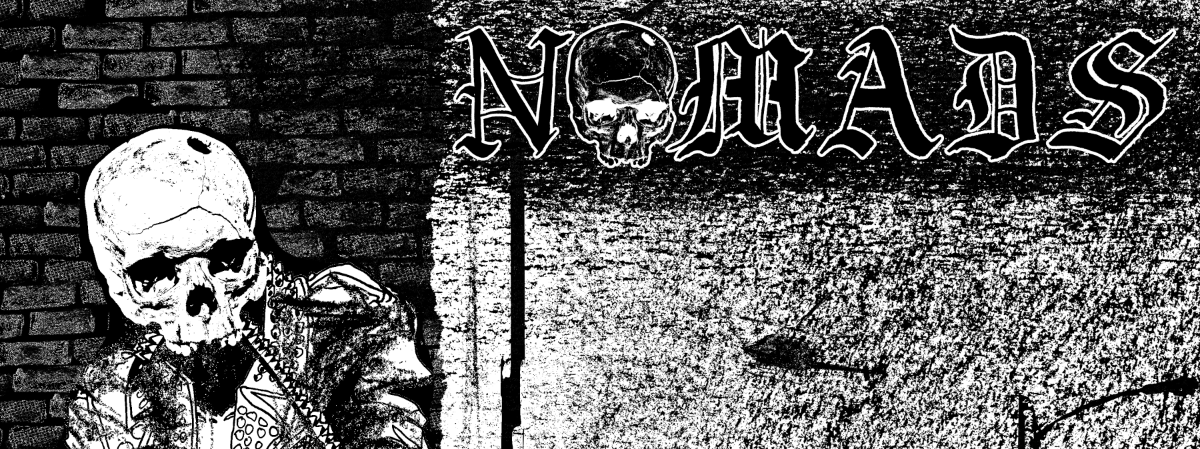
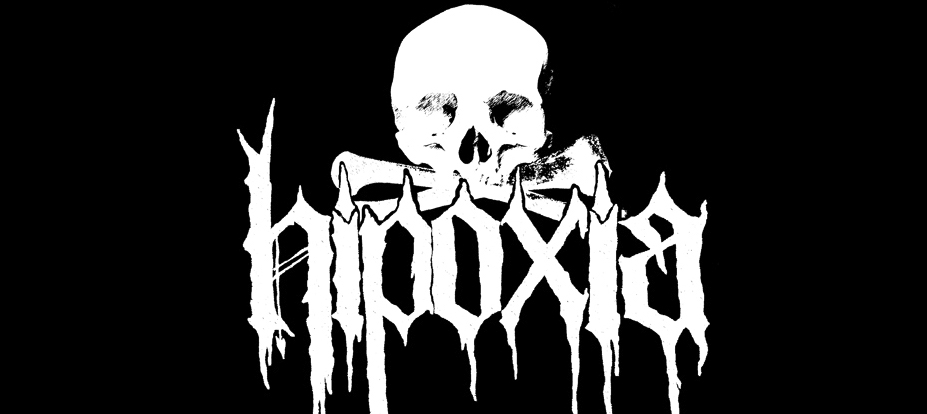
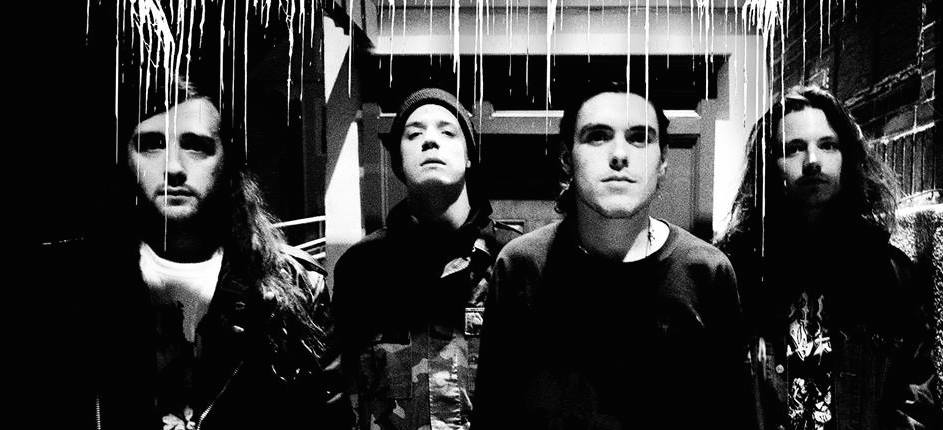
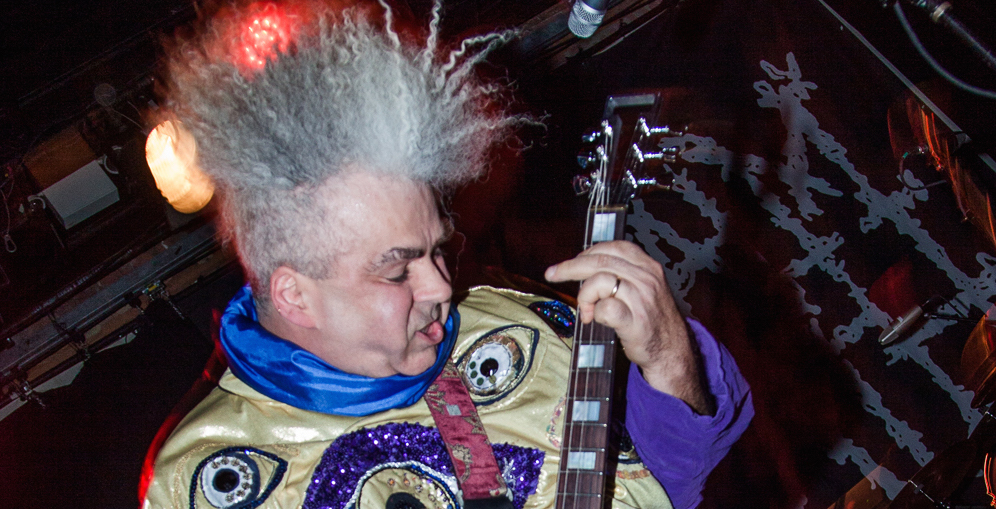

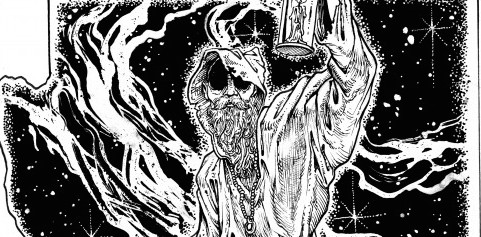
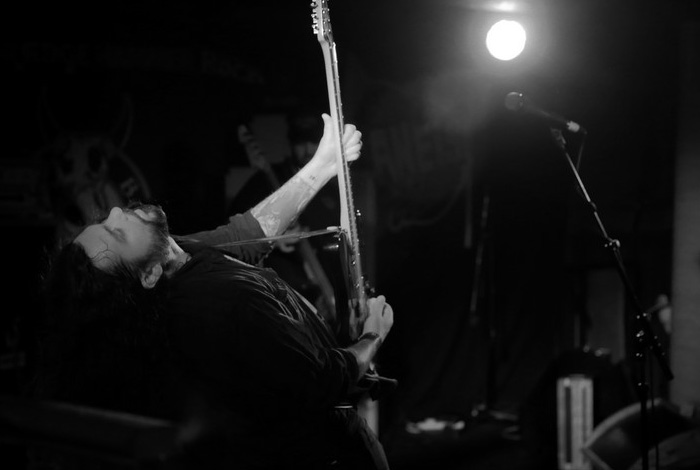
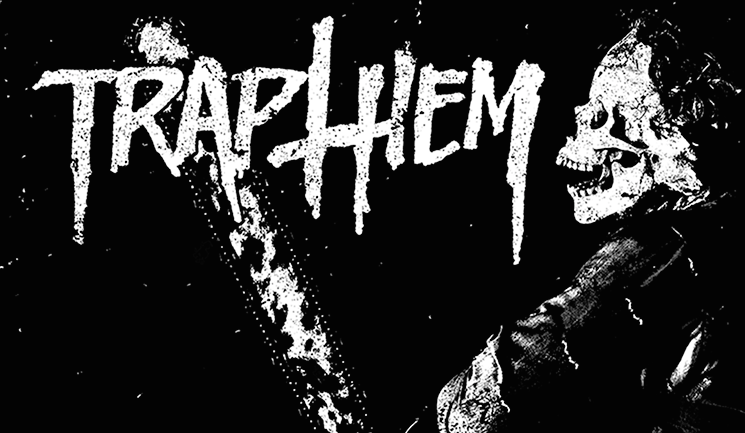

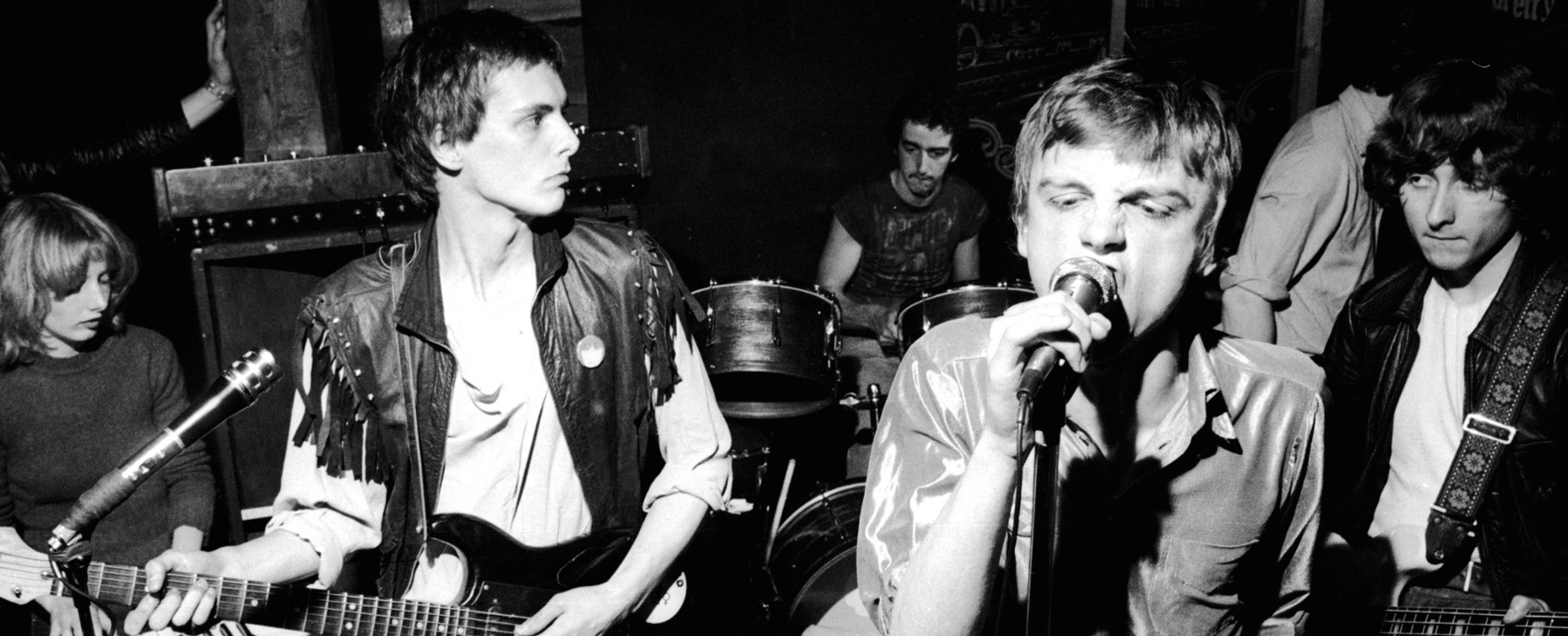
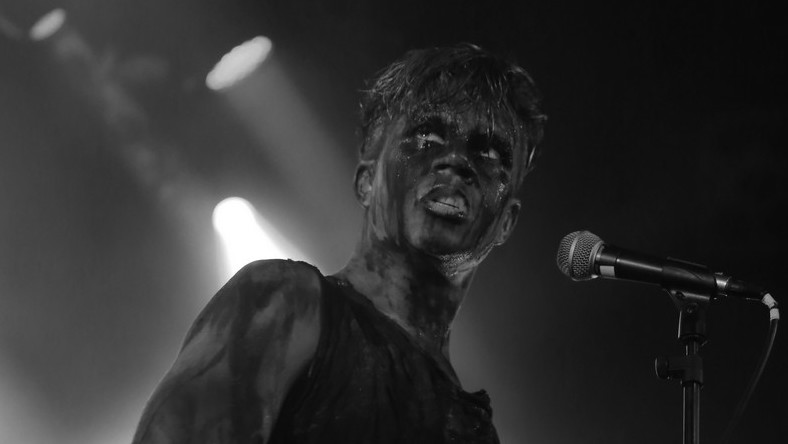
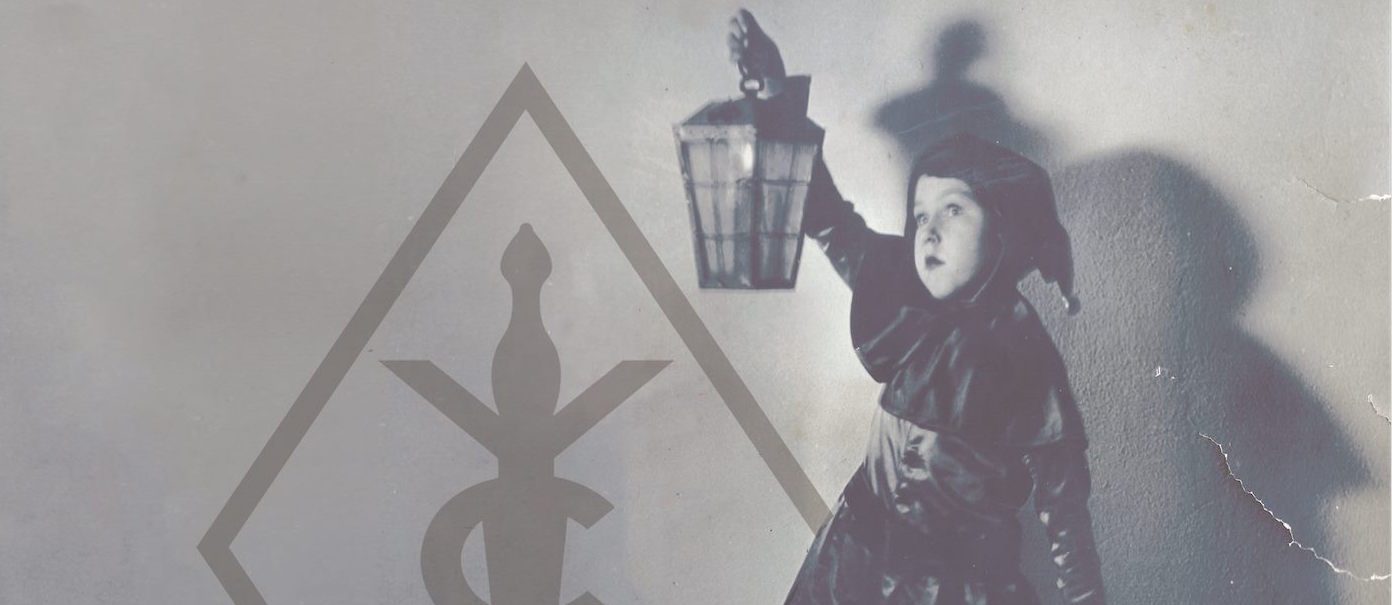

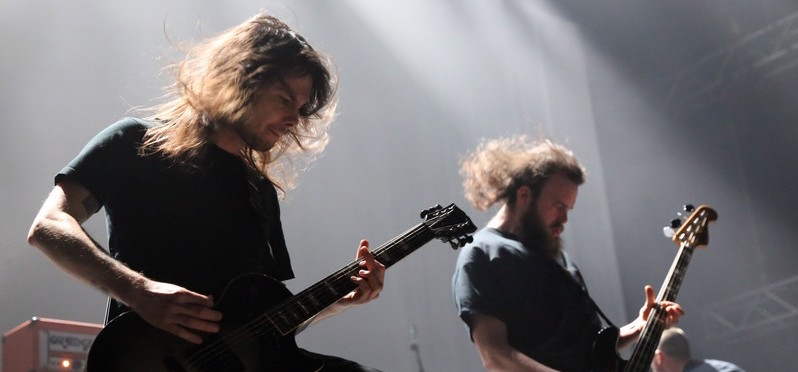

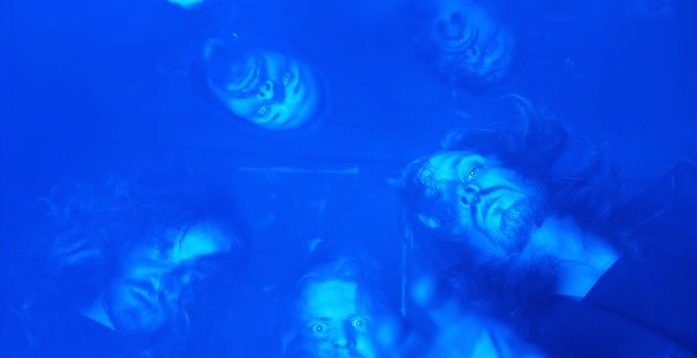
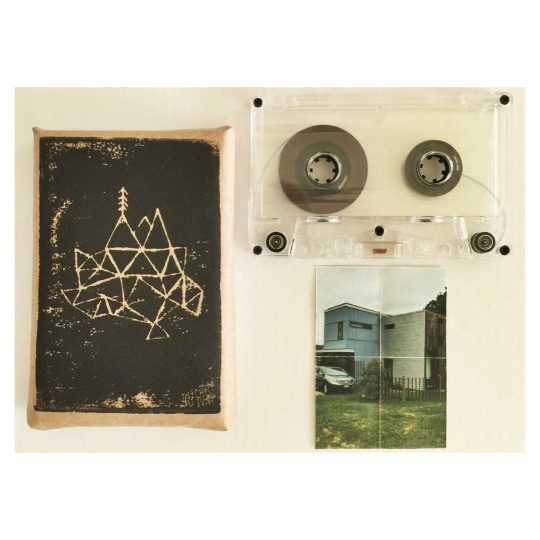

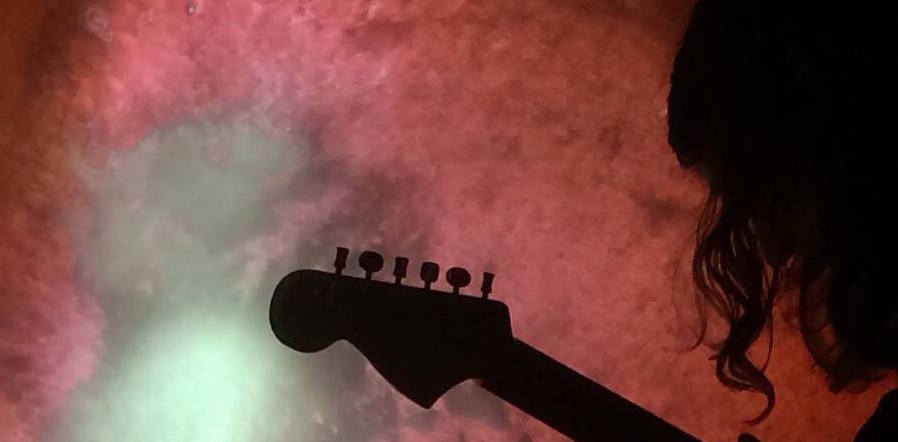

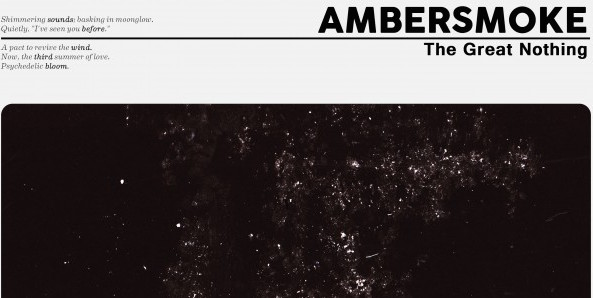
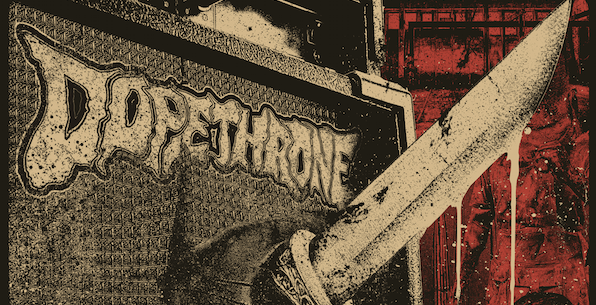


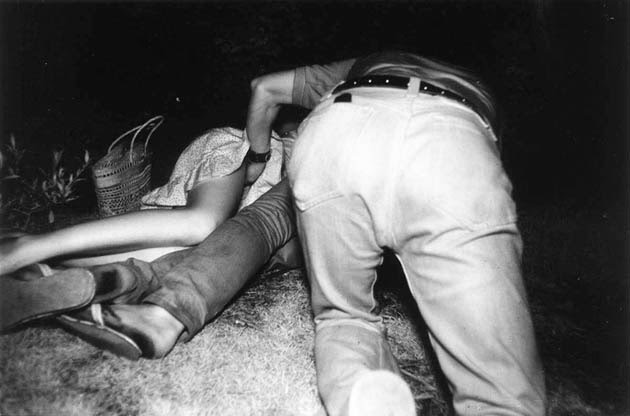
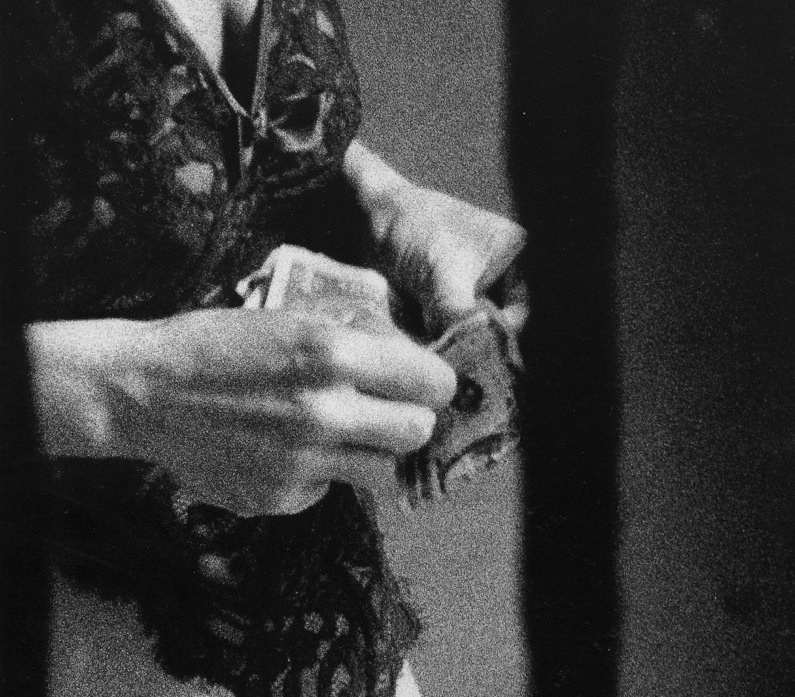

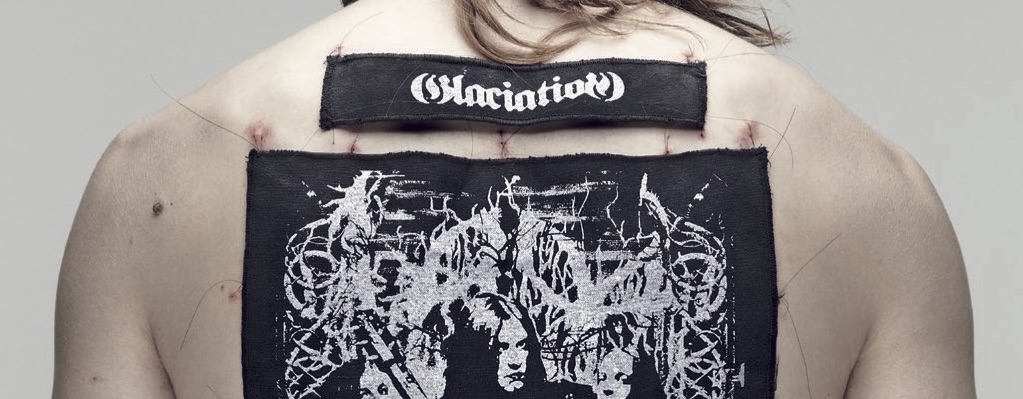

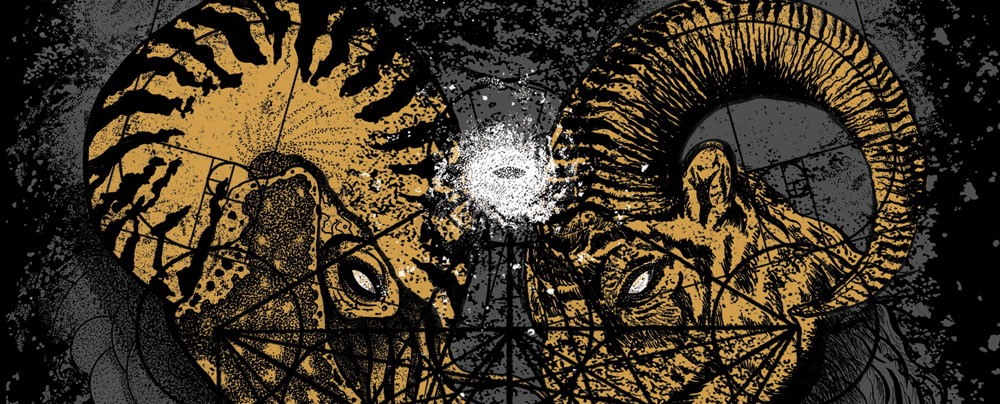

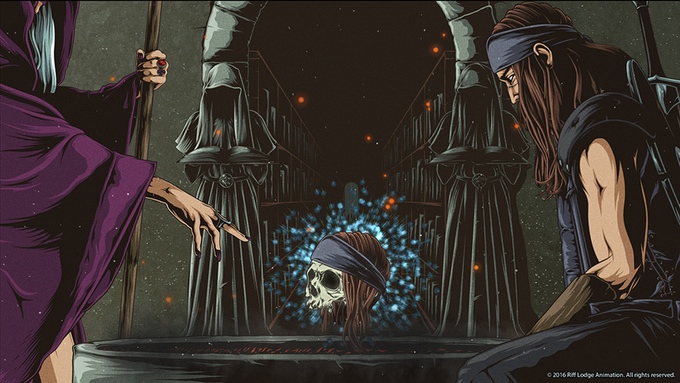
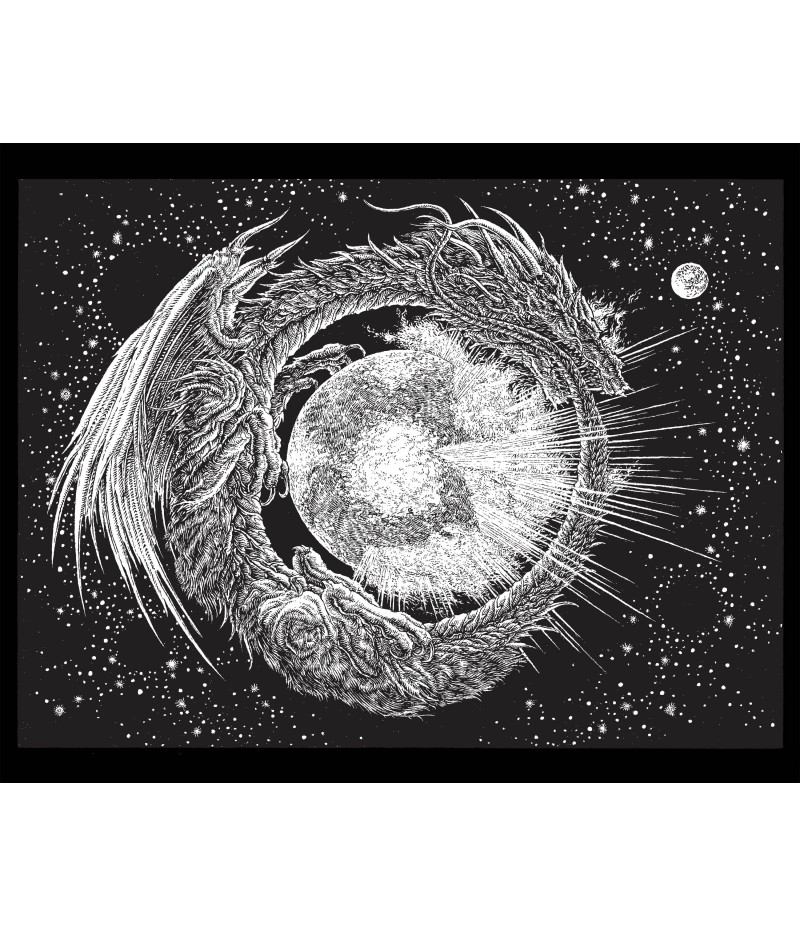
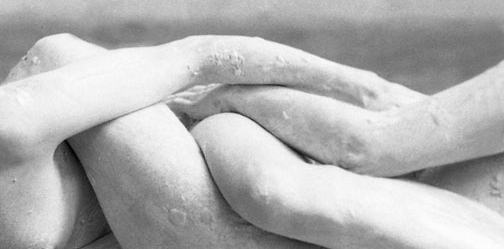
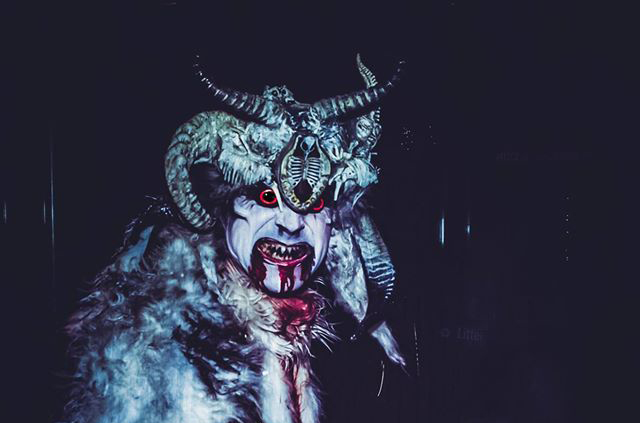
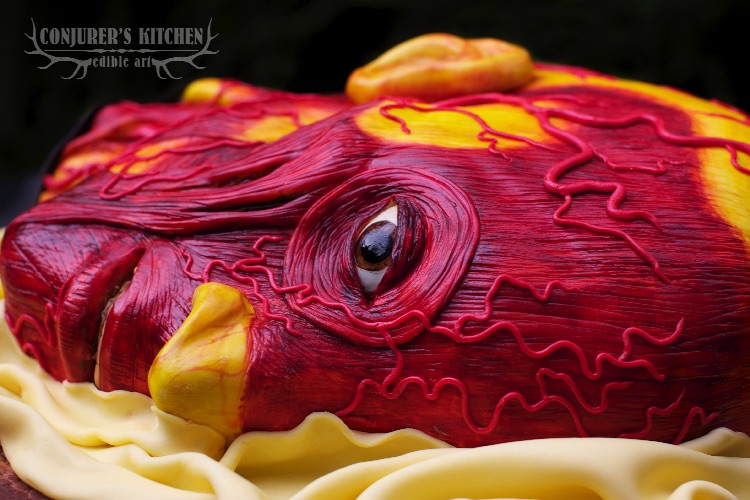
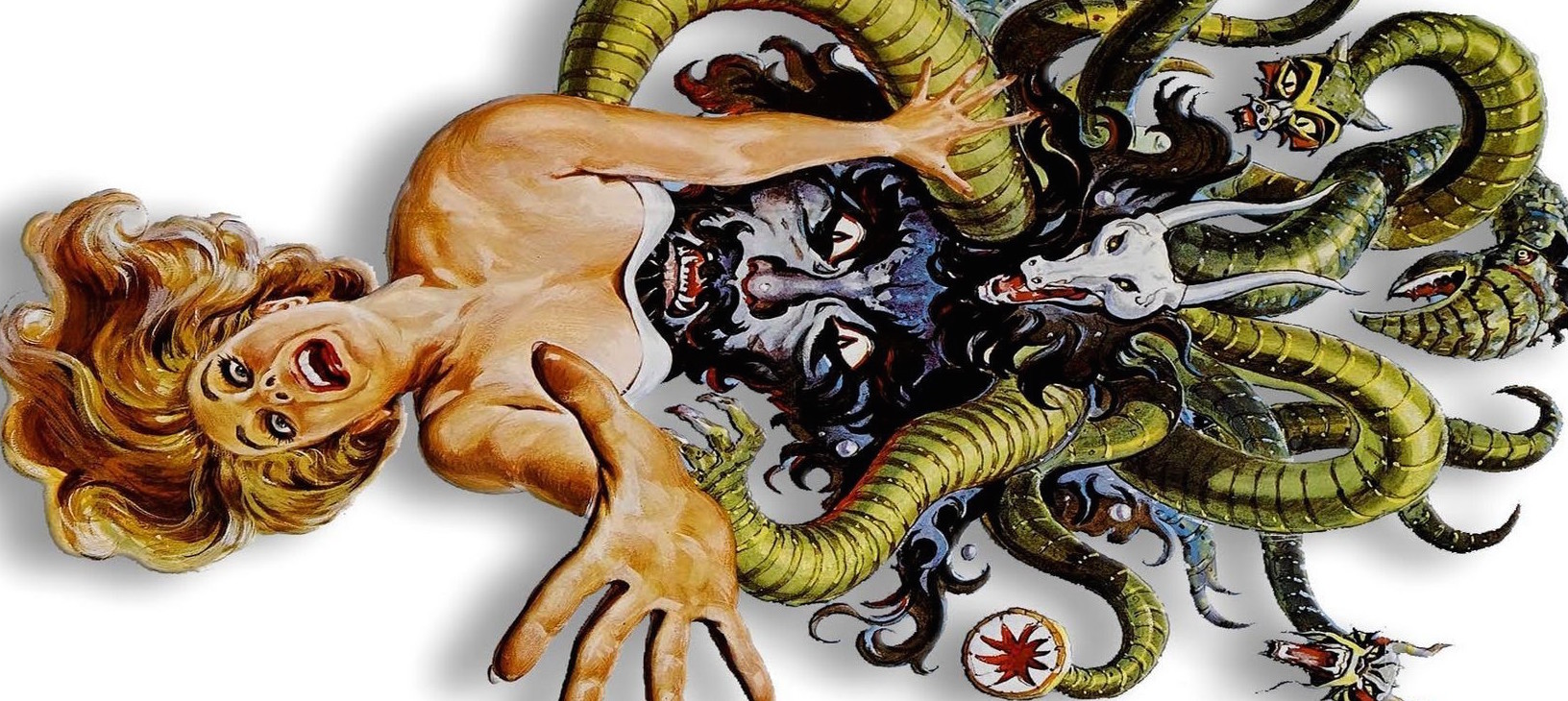

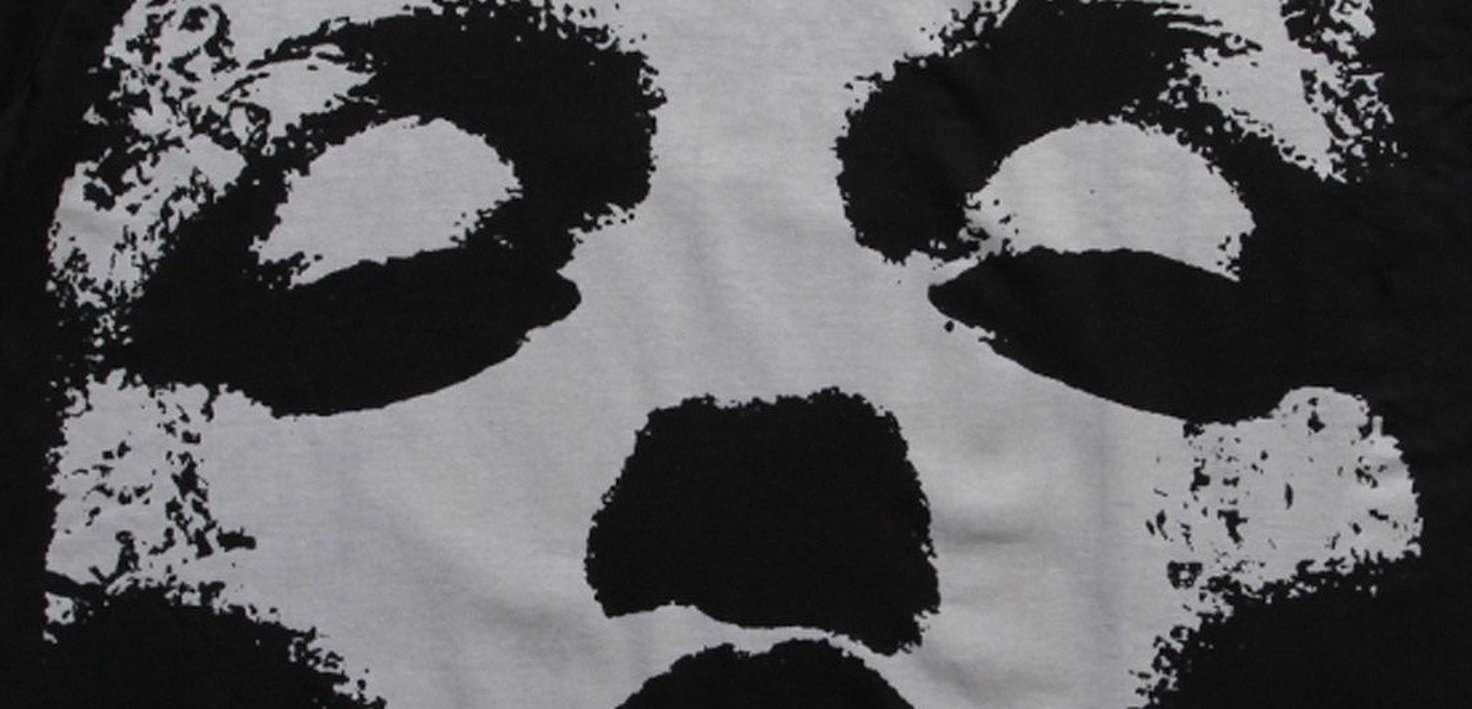
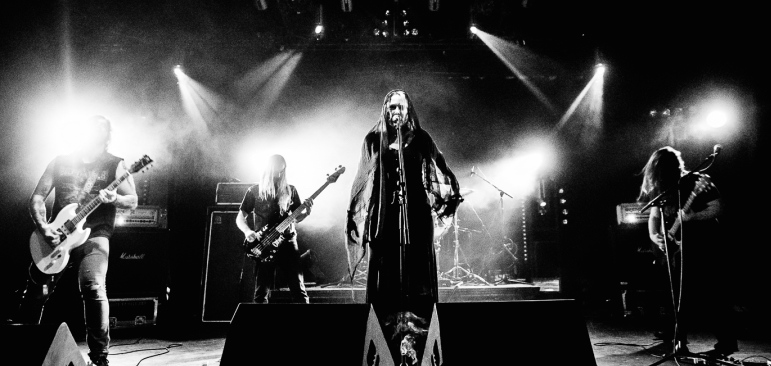
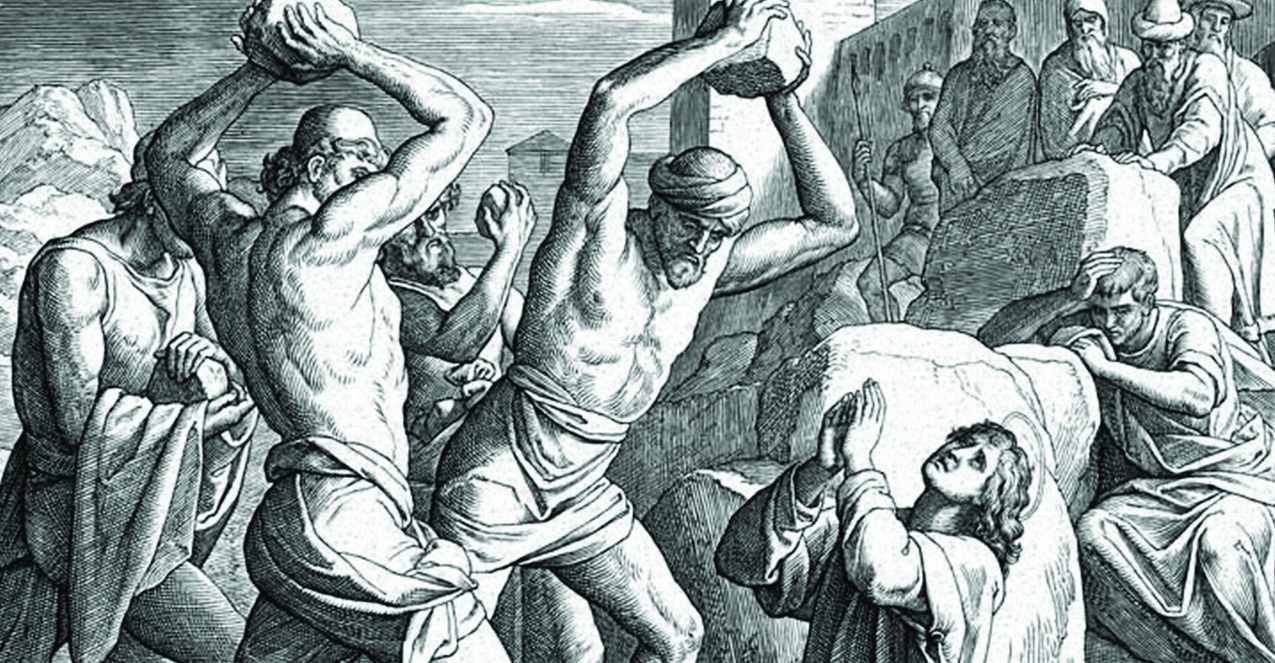
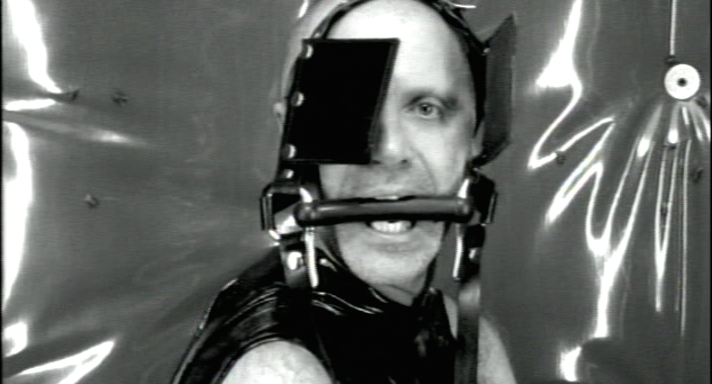

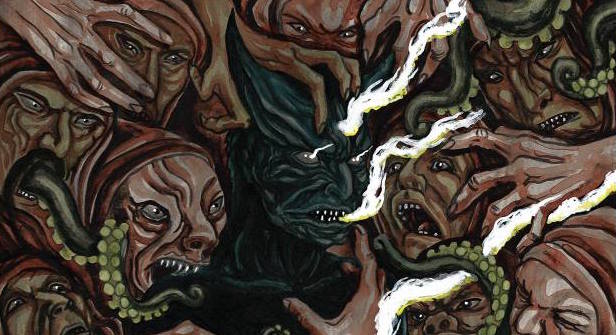
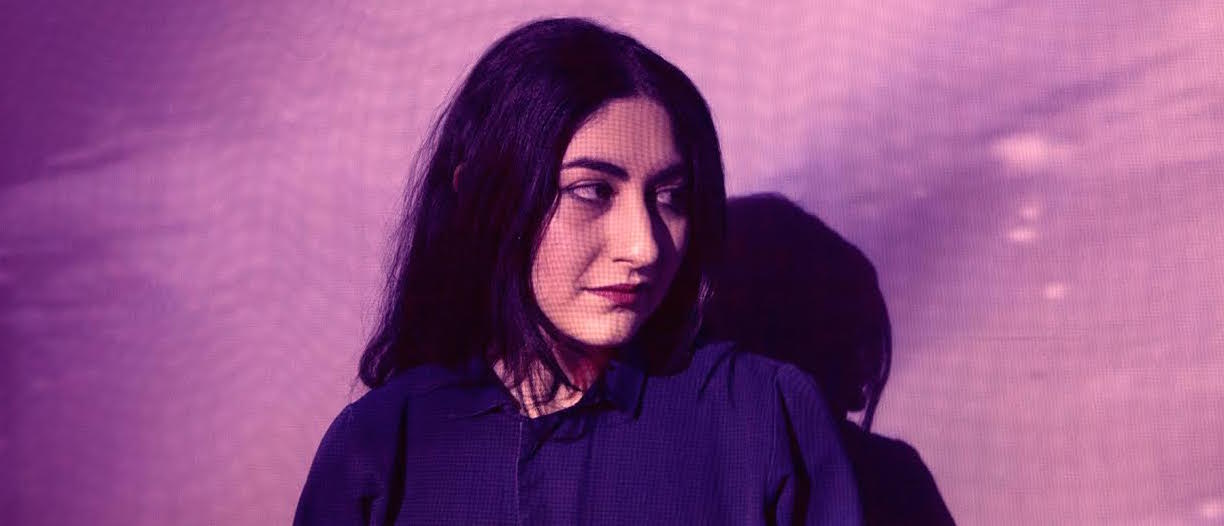
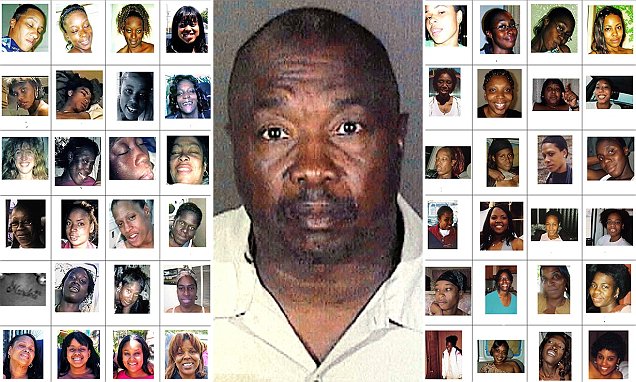

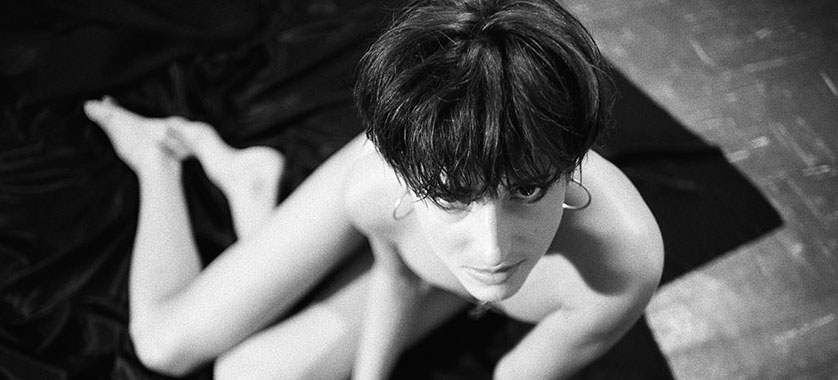


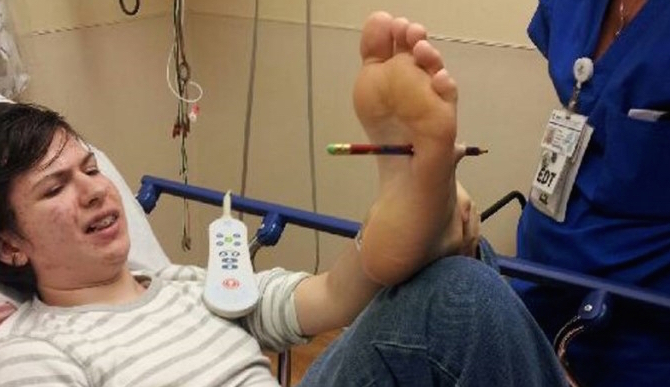

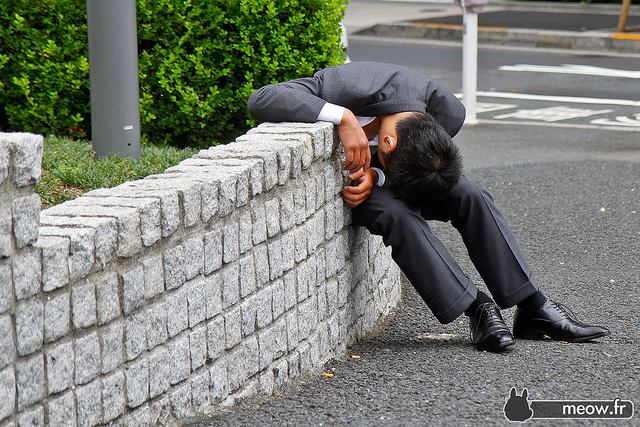



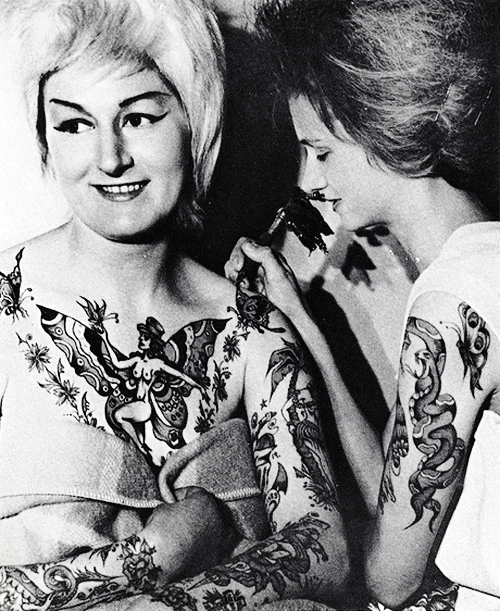

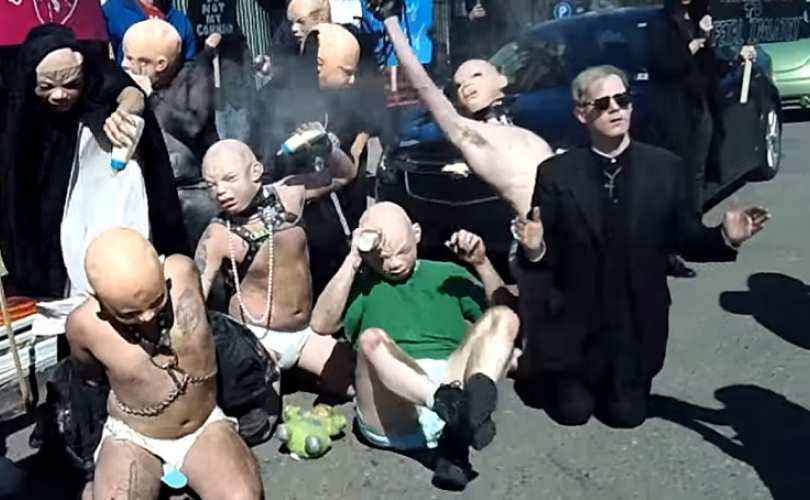

































Lou Vllmt
October 29, 2014 at 12:18 pm
Steve Rogers, is that you?
Nora Egloff
October 29, 2014 at 9:43 am
Fascinating post!
Just one clarification: the photo of amputated feet you have labelled “Field Day” is not correctly attributed. It’s title is “A Morning’s Work,” and was it was taken in 1865 by a doctor named by Reed Brockway Bontecou, who worked as surgeon in charge of the Harewood United States Army General Hospital in Washington, DC.
CVLT Nation
October 29, 2014 at 12:54 pm
Thanks for the info! I’ll update it now. It was marked as “Field Day” on the NMHM site.
Joe Doering
October 29, 2014 at 8:54 am
Brutal, look up WW1 pics too. Really fucked up.
Landry Vince
October 29, 2014 at 7:29 am
Becc de Liiiièvre.
Diego Navarro
October 29, 2014 at 6:34 am
arseface
Troy Garcia
October 29, 2014 at 12:53 am
Jessie
Annette Shirley
October 29, 2014 at 12:26 am
Wilbur Habekotté
Verdigris113
October 29, 2014 at 12:11 am
I’m not sure what is more amazing, what they medically couldn’t do or what they managed to actually do in regards to treatment.